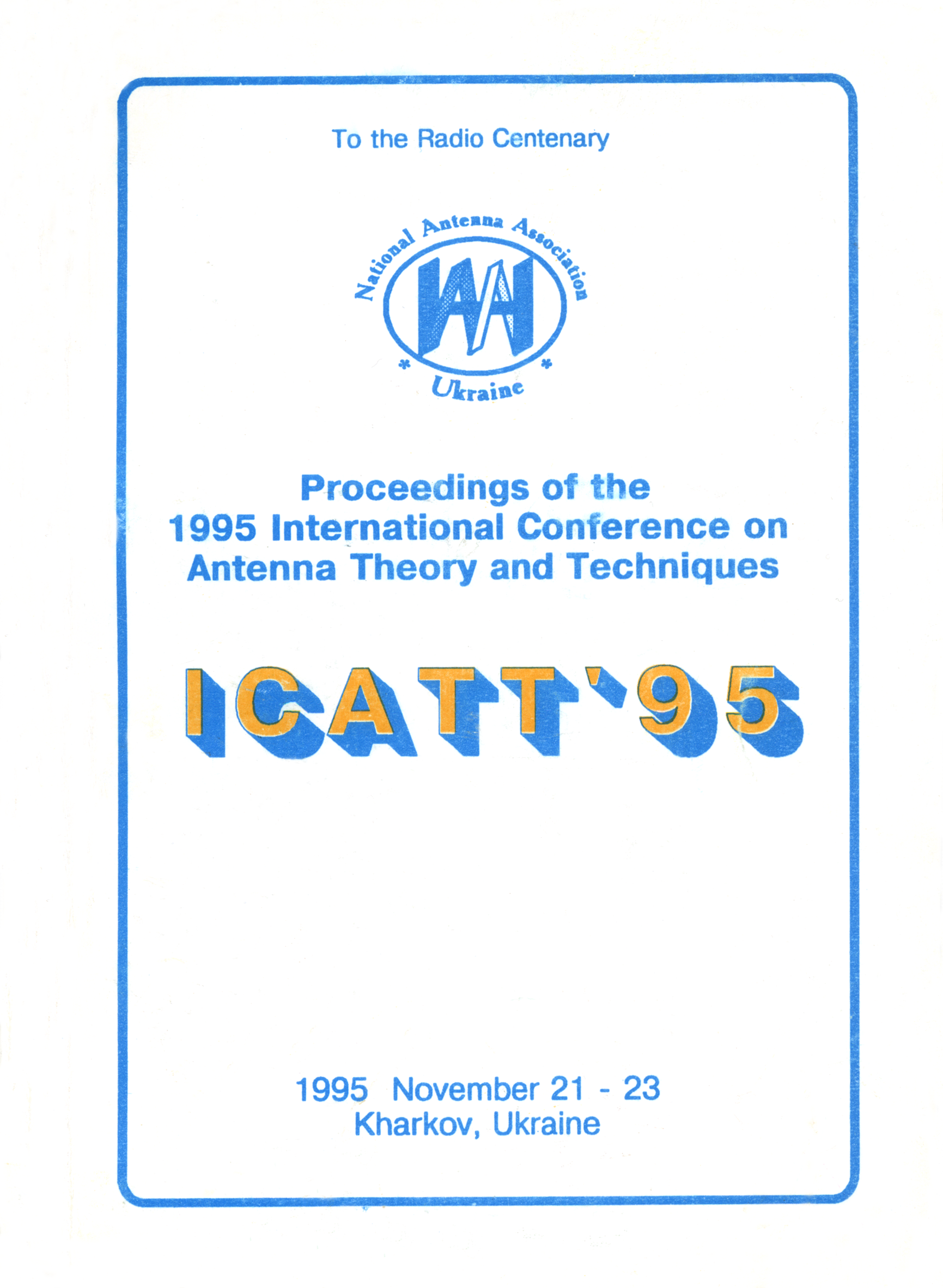Dual-polarized compact antenna module
DOI:
https://doi.org/10.1109/ICATT.1995.1234138Abstract
One of the most promising ways to increase the efficiency of stationary and mobile microwave communication systems is the frequency reuse technique by means of orthogonally polarized signals utilization and adaptive polarization signal processing. With the increasing usage of array antennas in such applications, the design of the dual-polarized compact antenna modules with extremely small cross section dimensions is of considerable practical interest. Such a module consists of polarization- ally pure antenna combined with orthomode transducer (OMT) in one device. The problem is to achieve high isolation between orthogonally polarized signal components in the compact waveguide construction.
To solve the problem we have combined the disc-on-rod antenna with the cross polarization level better then -30 dB and in-line configuration septum OMT with isolation between orthogonally polarized field components better then -35 dB, in the single extremely compact antenna module. Both of these module parts are notable for very high compactness (the cross section dimensions of this module are 0.6x0.6λ, where λ is the average wavelength), good agreement between each other, outer space and a feeding waveguide (overall VSWR better than 1.20 in 20% frequency range).
The propagation characteristics for the disc-on-rod structure are obtained in the periodical structure approximation. The radiation pattern for this antenna is obtained by the Fourier transform of the transverse aperture field components. The solution of the OMT discontinuity problem is obtained by the formulation of an integral equation for each available discontinuity type. The scattering matrices of discontinuities and regular transmission lines are progressively cascaded to determine the overall generalized scattering matrix of the structure. The solution of OMT eigenvalue problem is obtained by the mode matching technique for ridged waveguide with infinitesinally thin ridges.
As a practical illustration of the proposed module application, an original polarization control system for the optimum arbitrary polarized signal receiving has been designed and extremely tested.

